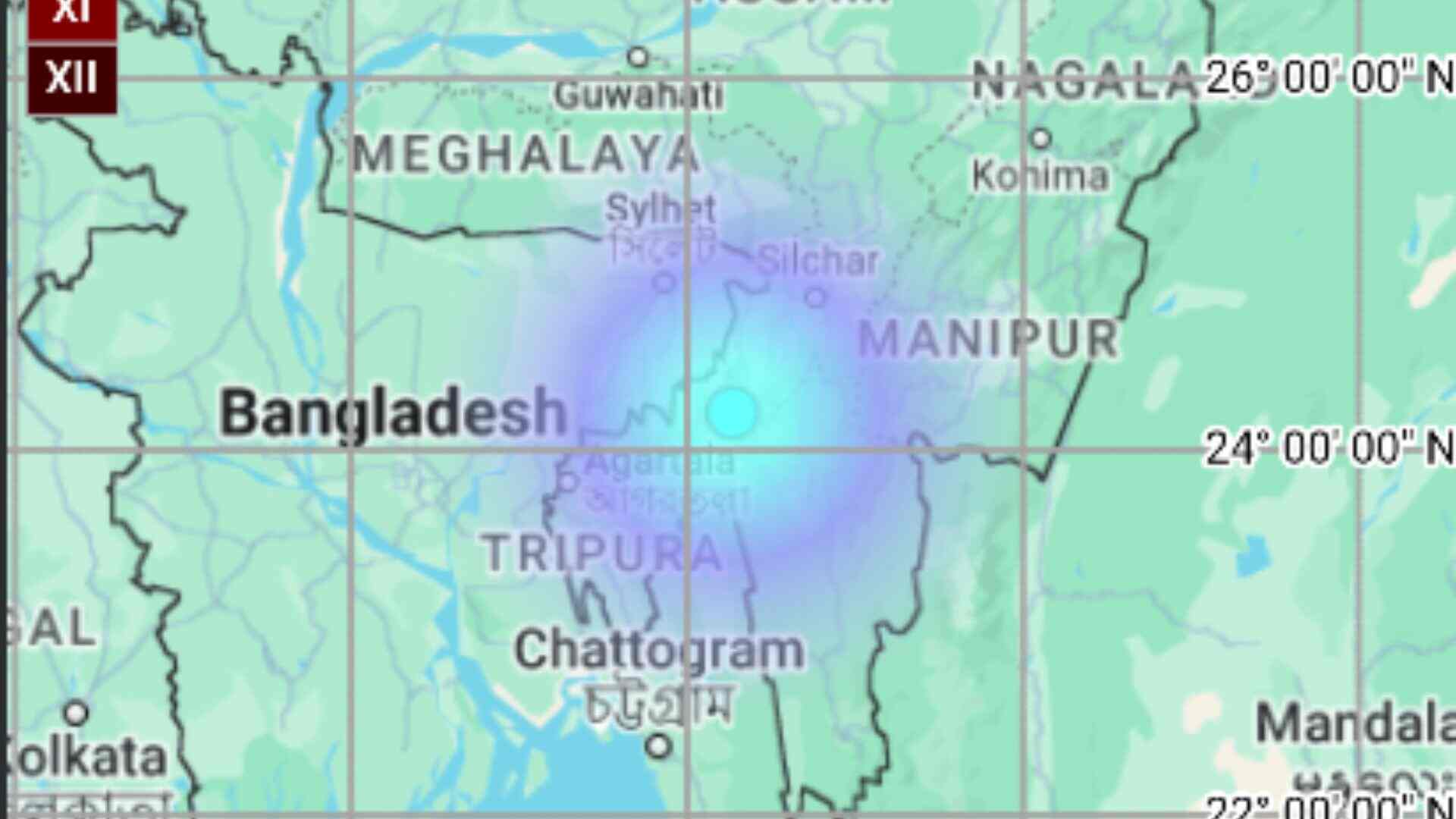
After the Taliban took power in August of last year, the healthcare situation in Afghanistan has deteriorated just like any other industry. People in the nation are now reliant on humanitarian aid for healthcare.
WHO revealed in its 26th Health Emergency Status Report for Afghanistan, released on Thursday, the contributions made to the crisis-hit country in the healthcare sector, stating that the they created new primary healthcare facilities in remote areas of the country for the most vulnerable people. It is reported that over 220,000 people got healthcare services. According to the report, by February 2023, WHO and its aid cluster partners will have made a significant contribution to assisting the Afghan people in critical healthcare areas.
“With a target of 15.6 million people for 2023, WHO has continued to build up the effort to ensure access to essential healthcare services throughout the country, including remote and hard-to-reach areas,” as per the report.
According to Khaama Press, citing the report, “by the end of February, WHO established 185 primary healthcare facilities in underserved/white areas across 26 provinces, serving over 220,000 people.” In addition, in response to ongoing health crises, WHO distributed over 2800 cubic meters (CBM) of medical and non-medical supplies to partners.”
Afghanistan’s economic stability is heavily reliant on humanitarian aid flows, as the nation remains in a state of crisis.
Afghanistan is currently dealing with a severe humanitarian crisis, with the country now having the highest number of people in emergency food insecurity in the world, according to international assessments.
Furthermore, the human rights situation in Afghanistan has deteriorated since the fall of the Afghan government and the Taliban’s return to power in August 2021.














